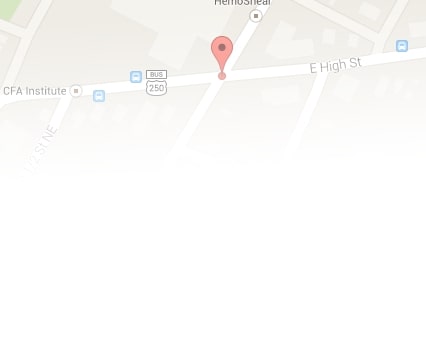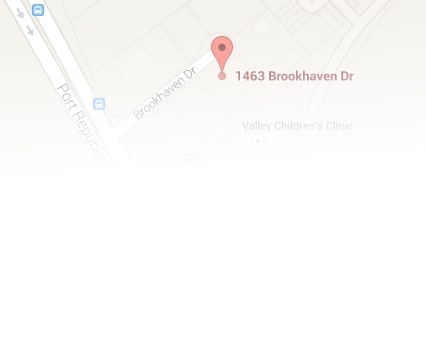Most Americans spend a large portion of their time in or around motor vehicles. We drive to the store, walk to work next to roadways filled with cars, take an Uber to dinner. Motor vehicles have become a necessary component of our daily lives. But what happens when we are injured in a motor vehicle accident when someone else was at fault? It can be difficult to understand exactly what you are owed following an injury.
Most motor vehicle cases are based on proving negligence. In an earlier series, we examined negligence claims in great detail. In order to familiarize yourself with the terms duty, breach of duty, causation, and damages, take a look at the articles linked here.
Causes of motor vehicle injuries
There are several reoccurring situations that can result in an injury with a motor vehicle. These can include assumption of right of way, traffic lights, skidding, failure to look, mechanical defects, speed, following too closely, and general recklessness. We will briefly take a quick look at Virginia motor vehicle laws to understand when a driver can be liable for another’s injury.
Simply having the right of way does not preclude a driver from liability. The driver must exercise reasonable care to avoid collisions. If, for example, a driver has the right of way at a four way stop, and another car fails to stop at his sign, the driver with the right of way must avoid the collision by yielding if there is reasonable time to react.
Similarly, traffic lights do not always waive a driver’s liability. Simply because a driver has a green light does not mean that driver is permitted to move through the light without reason. If a driver, for example, on an adjacent street proceeds through the intersection, the driver with the green light must exercise due care to avoid an accident. For that reason, a failure to look for oncoming traffic may indicate negligence.
Skidding on a slippery road does not automatically call into question the driver’s negligence. We must consider if the driver took measures to prevent the skidding given any dangerous road conditions. Factors taken into consideration here are speed, time of applying brakes, whether the driver had an appropriate speed under the circumstances, and any other measures that could have prevented the collision.
Mechanical defects are examined on a case-by-case basis, and, depending on he circumstances may form a negligence claim. If, for example, a driver knows that his vehicle has faulty brakes but he nevertheless chooses to drive and causes an accident because of the brakes, he may be responsible for the harms he causes. The operator of the vehicle should have had foresight to prevent this accident by making sure the vehicle’s brakes are in good working condition.
The speed at which the vehicle is traveling often leads to questions of the extent to which speed contributed to the accident. Whether speed is excessive or reasonable is not always indicated solely by the posted speed limit; certain road conditions (such as rain or ice) can alter the reasonable speed.
Accidents can occur when a driver exhibits general recklessness. Actions are categorized as reckless when the driver has a disregard for other’s rights and safety and does not alter actions when they probably would cause harm to another. Examples of reckless driving would be driving under the influence of drugs or alcohol, chasing and colliding with a bicycle or pedestrian, and excessive speed combined with erratic driving.
For a legal consultation with a personal injury lawyer, call (434) 817-3100
Seek legal representation after your injury
There are many causes of motor vehicle accidents, and these accidents can be devastating when they occur. The legal team at MartinWren, P.C. Attorneys at Law is here to help residents in Virginia following a motor vehicle accident. Call our experienced car accident attorneys today for your free consultation.
Call (434) 817-3100 or complete a Case Evaluation form



